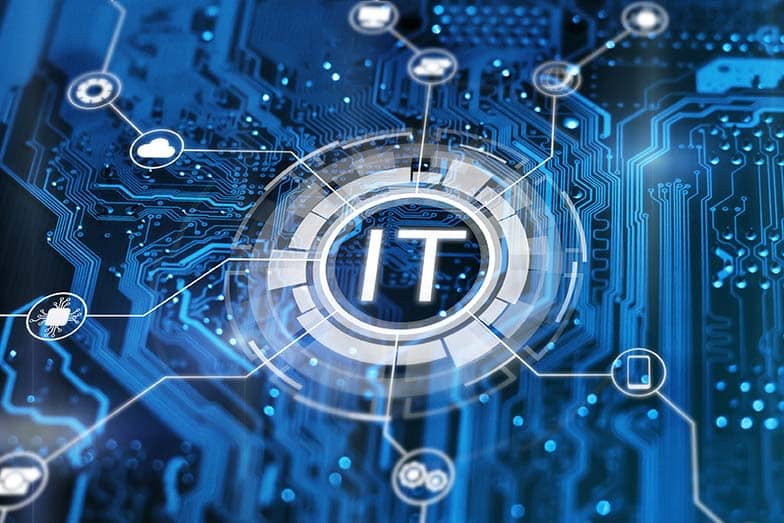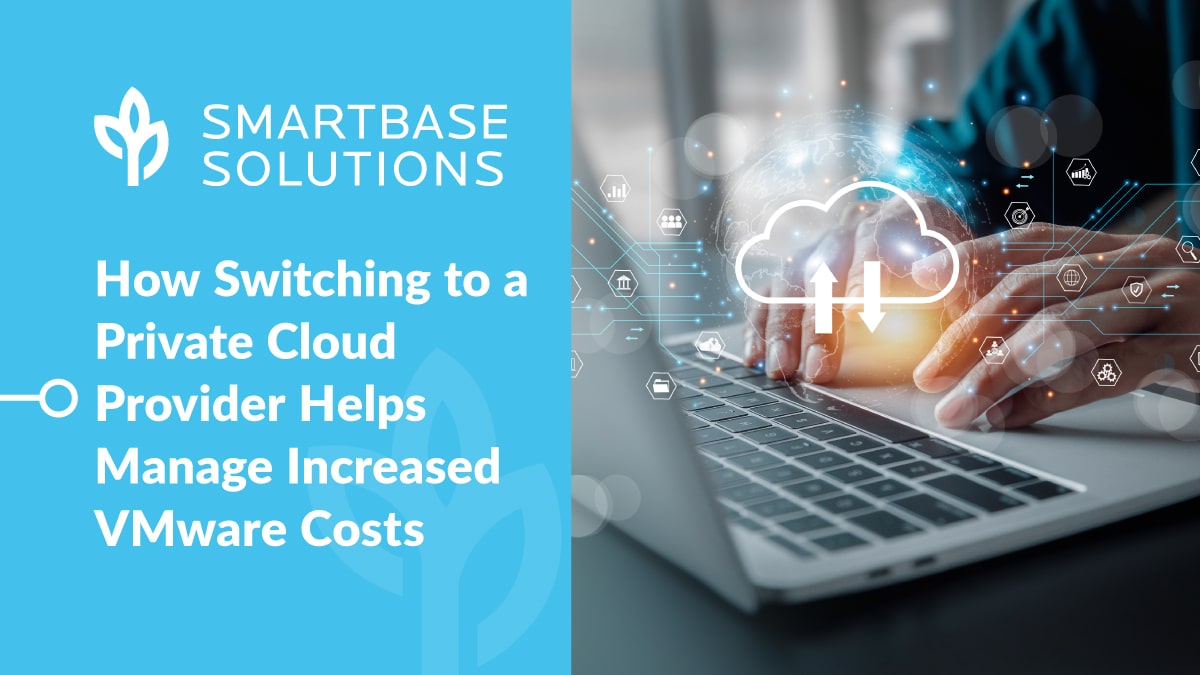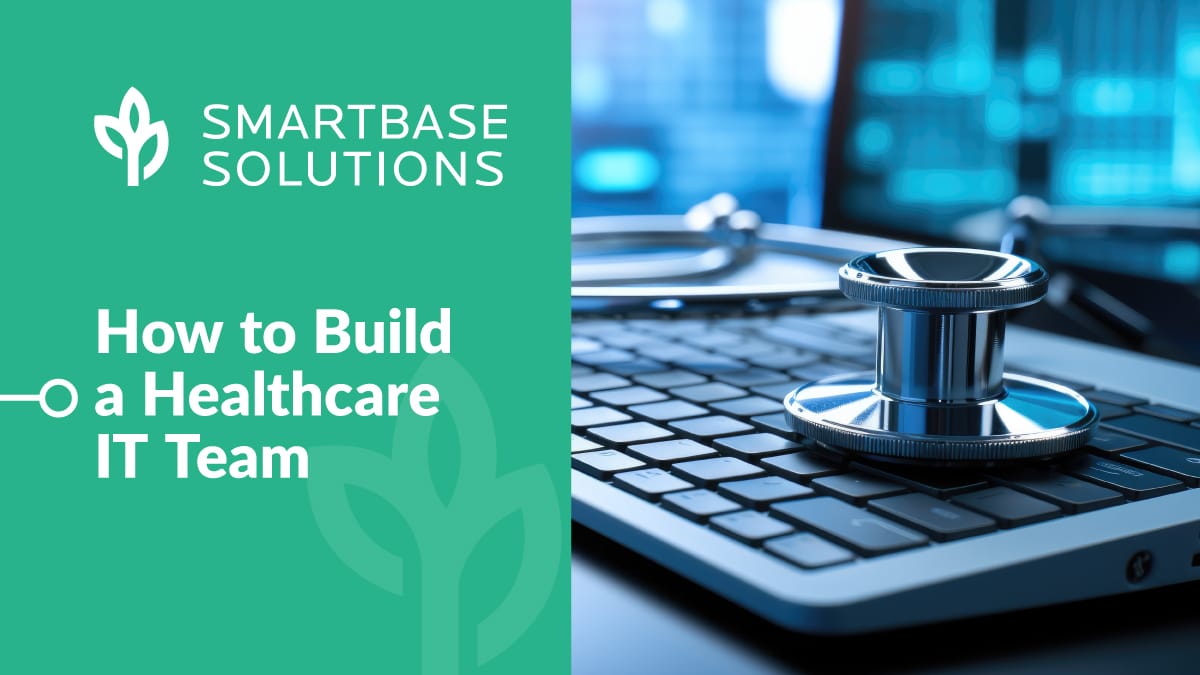Industries handling sensitive data—such as healthcare, finance, and government—face relentless cyber threats. From ransomware attacks to insider threats, the stakes are high, and the consequences of a security breach can be devastating.
To maintain compliance, data integrity, and operational security, organizations must identify the biggest risks and take proactive steps to mitigate them.
Top 10 IT Security Risks for High-Security Industries
1. Ransomware Attacks
The Risk:
Ransomware remains a top threat, with cybercriminals encrypting critical data and demanding hefty payments for its release. High-security industries are frequent targets due to the high value of their data and the urgency to restore operations.
How to Avoid It:
- Implement regular, encrypted backups stored offsite.
- Use endpoint detection and response (EDR) tools to catch ransomware before it spreads.
- Train employees to recognize phishing emails—a common attack vector.
2. Insider Threats
The Risk:
Not all threats come from the outside—disgruntled employees, careless staff, or compromised credentials can all lead to security breaches.
How to Avoid It:
- Implement role-based access controls (RBAC) to limit data exposure.
- Use behavioral monitoring tools to detect suspicious activity.
- Conduct regular security training to promote best practices.
3. Unpatched Software and Systems
The Risk:
Failing to update software leaves organizations vulnerable to known exploits. Many high-profile breaches stem from unpatched vulnerabilities in widely used software.
How to Avoid It:
- Establish an automated patch management system for all devices.
- Perform routine vulnerability assessments to detect weak points.
- Ensure legacy systems have security compensations or are phased out.
4. Cloud Security Misconfigurations
The Risk:
Misconfigured cloud storage and permissions can expose sensitive files and databases to unauthorized access.
How to Avoid It:
- Use zero-trust architecture for cloud environments.
- Regularly audit cloud configurations and enforce strong encryption.
- Implement multi-factor authentication (MFA) for cloud access.
5. Phishing and Social Engineering Attacks
The Risk:
Cybercriminals use deceptive emails, calls, and messages to trick employees into revealing credentials or downloading malware.
How to Avoid It:
- Train employees to recognize phishing attempts and report suspicious emails.
- Use email filtering and AI-based threat detection to block malicious content.
- Enforce passwordless authentication or MFA to minimize credential theft impact.
6. Third-Party Vendor Risks
The Risk:
Many organizations rely on external vendors for IT services, cloud hosting, or software solutions. Weak security on their end can put your data at risk.
How to Avoid It:
- Require vendors to adhere to strict security standards and compliance regulations.
- Conduct regular security audits of third-party partners.
- Implement vendor risk management policies to assess and mitigate potential weaknesses.
7. IoT and Connected Device Vulnerabilities
The Risk:
The rise of Internet of Things (IoT) devices, including medical equipment, surveillance cameras, and industrial controls, increases attack surfaces if security isn’t a priority.
How to Avoid It:
- Segment IoT networks to isolate them from critical infrastructure.
- Regularly update and patch all connected devices.
- Implement strict access controls for IoT management platforms.
8. Weak Endpoint Security
The Risk:
With remote work and mobile access becoming standard, unsecured endpoints (laptops, tablets, and smartphones) create vulnerabilities.
How to Avoid It:
- Deploy advanced endpoint security solutions with threat detection and response capabilities.
- Use mobile device management (MDM) to enforce security policies.
- Require employees to use corporate-approved devices with encrypted connections.
9. Lack of Disaster Recovery Planning
The Risk:
Without a tested disaster recovery (DR) strategy, businesses can suffer significant downtime and data loss after an attack or system failure.
How to Avoid It:
- Develop a comprehensive DR plan with clear recovery objectives (RPO/RTO).
- Conduct regular backup testing to ensure data can be restored.
- Implement failover solutions to maintain business continuity.
10. Regulatory Non-Compliance
The Risk:
Industries like healthcare (HIPAA), finance (PCI-DSS), and government (CMMC) face strict compliance regulations. Failing to meet these requirements can lead to fines, lawsuits, and reputational damage.
How to Avoid It:
- Conduct continuous compliance monitoring and internal audits.
- Work with managed security providers to align with industry standards.
- Implement automated compliance tools to streamline reporting and risk assessments.
Stay Ahead of IT Security Risks with SmartBase Solutions
High-security industries can’t afford to take risks with IT security. The right proactive strategies and expert support can mean the difference between business continuity and costly disruptions.
At SmartBase Solutions, we provide managed IT services, private cloud hosting, security consulting, and cloud solutions designed to protect your critical data and infrastructure.
Contact us today to discuss your IT security needs and safeguard your organization from evolving threats.





